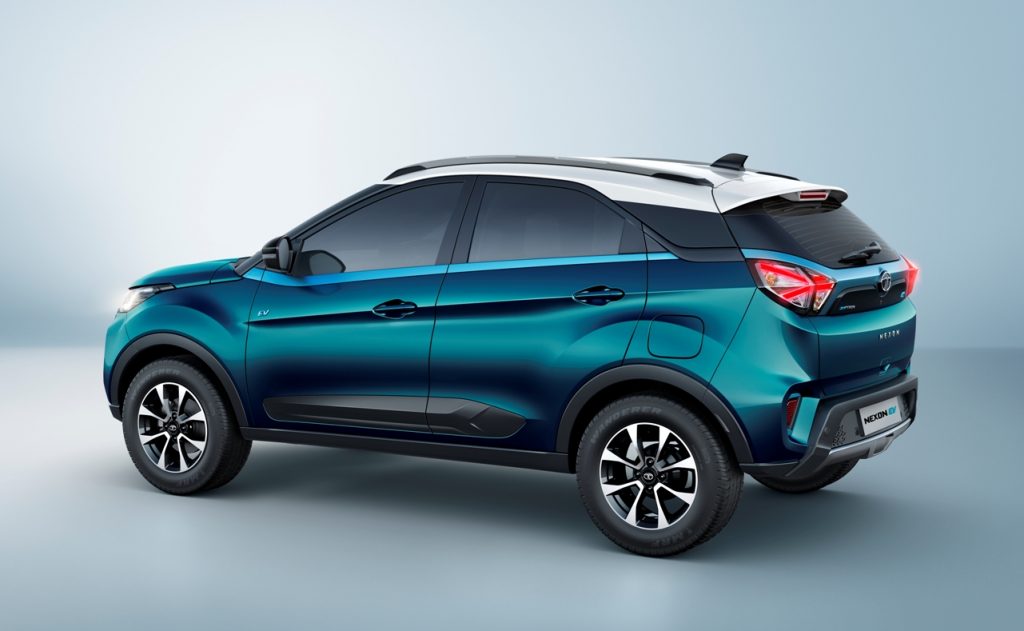The Tata Tiago facelift has already been seen numerous times on Indian roads testing and Autocar India has published images over the weekend showing it without any camouflage. It looks as if the car was brought to the open for filming a commercial, ahead of its launch at the Auto Expo (5 February).
The Tiago facelift gets big changes to the front with slimmer headlamp design, sleeker grille, Tata’s Humanity Line’ in chrome, raised bonnet to comply with the pedestrian safety norms that will come into effect from October 2020, revised front and rear bumper redesigned front air dam and fog lamps. The overall profile remains unchanged with the blacked-out roof, contrast ORVMs and 15-inch alloy wheels. Inside, the Tiago facelift will get the same dashboard with minor styling updates in the form of fabric seat upholstery. Digital instrument cluster, 7-inch touchscreen infotainment system, auto AC and drive modes, the periodic updates gained by the Tiago over the past three years, will continue on the 2020 model.
It is believed that Tata Motors will eventually launch the Tiago EV, which was showcased in 2018 Auto Expo, as a counter to the Maruti Wagon R-based electric car. The Tiago EV will look like the petrol variant but will gain blue highlights on the front, side and rear to display its ‘eco’ credentials. Unlike the Tigor, the Tiago EV will capitalize on the ZIPTRON technology that was launched with the Nexon EV. The Tiago EV will require a smaller capacity battery and motor to match the smaller size and price expectation.

The Tiago EV will require half of the 30.2 kWh lithium-ion battery and the 129 PS permanent-magnet AC motor of the Nexon.
Back to the 2020 Tata Tiago, the 1.2-litre petrol engine will be updated to meet the BS6 emission norms and the 5-speed manual and AMT gearboxes will continue to be offered. The 1.05-litre diesel engine, however, will be discontinued as a result of Tata deciding to stop producing small diesel engines.
Source: AutocarIndia.com

![Will the launch of the Tata HBX EV get pushed to 2023? [Update]](https://electricvehicleweb.com/wp-content/uploads/2020/12/Tata-HBX-H2X-Hornbill-interior-dashboard-spy-shot-350x166.jpg)
![Everything we know about the upcoming Tata Altroz EV [Update]](https://electricvehicleweb.com/wp-content/uploads/2020/02/Tata-Altroz-EV-side-view-1-Auto-Expo-2020-350x234.jpeg)
![New Tata Safari a serious candidate for an electric vehicle [Update]](https://electricvehicleweb.com/wp-content/uploads/2021/02/Tata-Safari-EV-350x242.jpg)